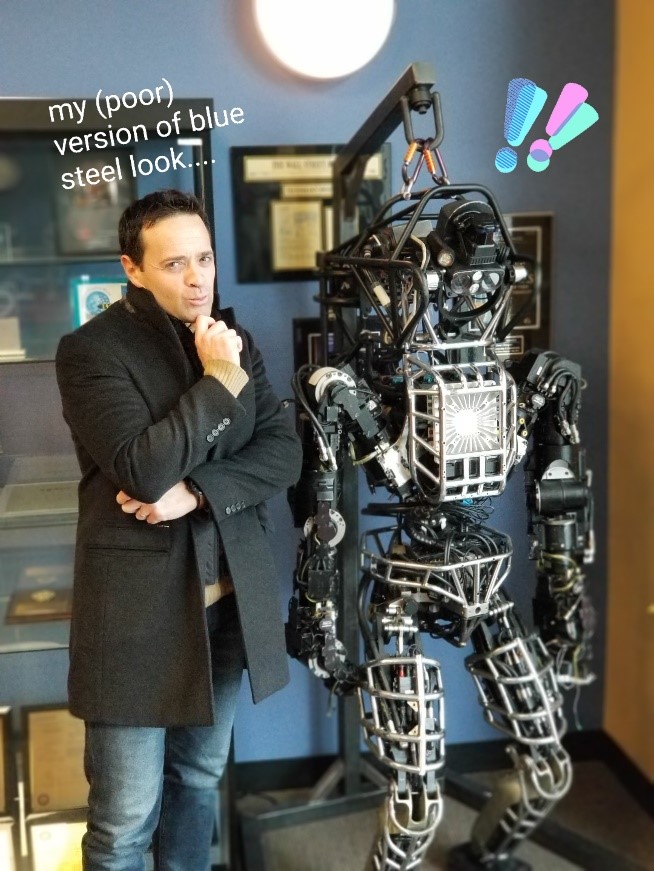Use each and every insight your AI performs to improve … every insight!
We imagine AI as this ever-present, omniscient software entity that gets better day-after-day to eventually surpass its master.
 Our science-movie generated expectations are misplaced: today’s AI applications are fairly rigid systems that, once designed, do one and only one thing, but, more crucially (and unfortunately for its creator), do not improve in that very task unless they get retrained from scratch. Every insight they generate, whether correct or incorrect, is not acted upon to improve the AI intelligence.
Our science-movie generated expectations are misplaced: today’s AI applications are fairly rigid systems that, once designed, do one and only one thing, but, more crucially (and unfortunately for its creator), do not improve in that very task unless they get retrained from scratch. Every insight they generate, whether correct or incorrect, is not acted upon to improve the AI intelligence.
So… the robot here in the picture is not going to outsmart me (or anybody else) in the short term, rest assured.
Well, how bad is really this problem (and believe me, AI not being smart enough is a problem if your organization needs to rely on it!).
Let me give you a human-centered example just for you to appreciate the significance of today’s AI ‘learning disability’. You recall the movie Memento, where insurance investigator Leonard Shelby tracks down the criminal who attacked him and murdered his wife?
 In the movie, Leonard had to deal with a rare and untreatable form of memory loss that he suffered during an attack. He could remember aspects of his life prior to the attack, but could not remember what happened 15 minutes ago, and most crucially couldn’t form new memories.
In the movie, Leonard had to deal with a rare and untreatable form of memory loss that he suffered during an attack. He could remember aspects of his life prior to the attack, but could not remember what happened 15 minutes ago, and most crucially couldn’t form new memories.
So, back to AI: virtually 100% of the artificial intelligence developed and fielded today has “Leonard’s disease”. Once it has been deployed and generates insights – it does not matter how many times per day – those insights do not fold back into the AI system, improving it.
This is devastatingly inefficient: imaging a robot in an assembly line, where products flowing in the conveyor belt can change appearance, orientation, and new one can be introduced over time. Or imagine an inspection setting, where cameras look at thousands of components manufactured every day. Or a drone inspecting infrastructures daily. In all cases above, every insight, correct or incorrect, should be used to improve and refine the AI in a continuous fashion.
When designing AI and choosing how to go about your AI workflow, remember: initial design of the AI is perhaps 50% of the story. Once fielded, every AI-generated insight should be used to improve the ROI of the AI in the organization.
Enterprises that realize this will be light years ahead of everybody else and have AI that is just smarter and better at the task at hand.

